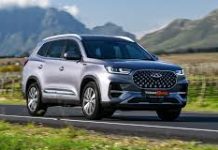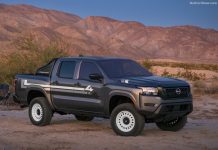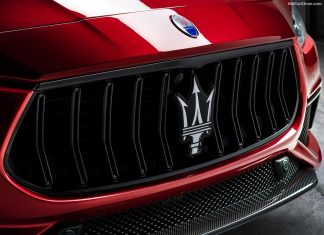Kenyan Vehicles Sales grew 29.3% 2018 fluctuating for the entire year, ending with registrations at 14.265. Isuzu was again the market leader, ahead of Toyota, with a wide gap over Mitsubishi. Nissan is working to launch a new plant to produce small vans.
Economic Environment
Kenya’s economic lost traction again in the final quarter of 2018 after expanding at a robust, albeit softening, pace in the third quarter on strong agricultural and hydro-powered electricity output. Rising inflation, a continued slowdown in remittance inflows and weaker credit growth likely weighed on private consumption in Q3.
Entering the fourth quarter, a pick-up in remittances and an acceleration in credit in October likely stimulated greater household spending. Moreover, PMI readings for Q4 indicate private sector activity remained resilient.
Growth is expected to remain strong in 2019, thanks to solid domestic demand. Private consumption should continue to expand at a healthy pace, buoyed by solid remittances inflows and a tight labor market, while upbeat business confidence should continue to support strong fixed investment growth.
Market Trend
Following a quite positive period, ended with the all time record hit in the 2015 with 19.549 vehicles sold, Kenyan vehicles market was hit by the economic crisis and started falling down, losing in two years over 40% of volume., with 2017 total vehicles (including HCVs) at 10.831 (-19.8%).
In the 2018 the mood changed and the market recovered, sustained by private consumption and the market score a recovery above expectations. Indeed, according to data released by the Kenyan Motor Industry Association, in the 2018 the market has grown, despite a still negative first half with a strong acceleration during Q2 and Q3, recovering the gap and even ending the year with a substantial gain of 0he market recovered during the last part of the year, gaining 19.1% from the 2017. The market ended with registrations at 12.932.
The market leader is again Isuzu, dominating the commercial segment, with 4.797 sales and 33.6% of market share. Toyota was second with 3.331 sales ahead of Mitsubishi with 1.126.
Market Perspectives
Volkswagen has been the first to return to produce in the country, starting up in the 2017 local operations after a four-decade absence, and is producing the Polo Vivo model from SKD kits. Last year, bolstering government plans to develop a regional auto-manufacturing hub in East Africa’s biggest economy, PSA and Nissan have announced to plan opening local production.
Nissan is in advanced discussion with the government to open an operational assembly line by the end of 2019 utilizing an already plant in partnership with Isuzu East Africa Ltd., Associated Vehicle Assemblers Ltd., which belongs to Simba Corp., and Kenya Vehicle Manufacturers, a venture between the government, Toyota Tsusho Corp. and Al-Futtaim Group.
Once established, the Kenyan facility will feed the Eastern Africa market, which is currently served by imports of light trucks from South Africa with other models coming from Japan. In addition to its plant in South Africa, Nissan has an assembly line in Nigeria.
Tables with sales figures
In the tables below we report sales for Top Brands











